What Type of Peppers Should I Use for My Hot Sauce?
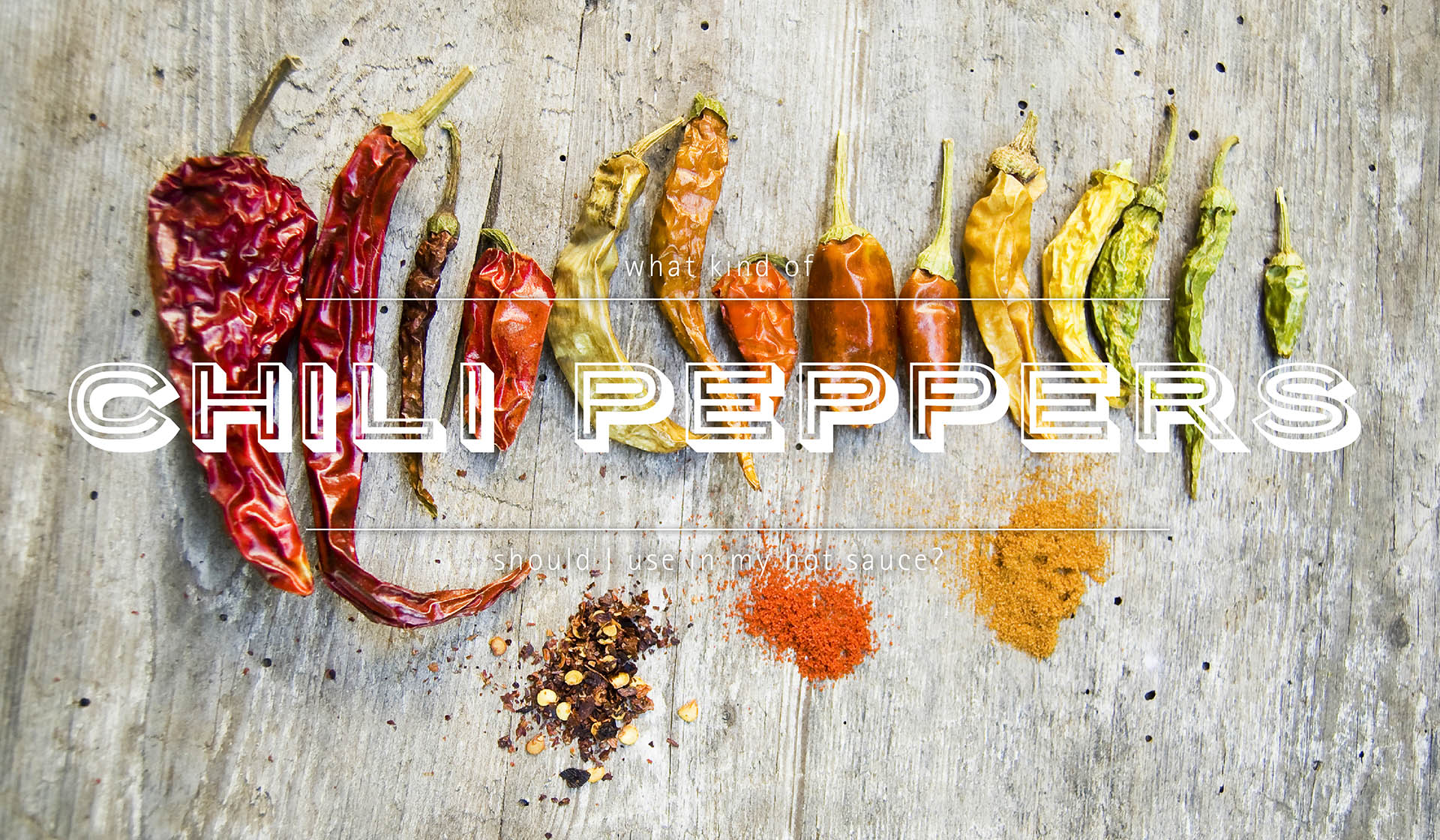
Every good hot sauce starts with a good pepper. Knowing what kind of pepper to put in your sauce is key to mastering a variety of recipes you may wish to sell to hot sauce lovers around the world.
Today’s peppers are stronger, more intense, and some are downright painful to the taste buds. There are many considerations when choosing just how spicy your hot sauce will get and choosing the right peppers makes all the difference.
What types of peppers are common in hot sauce?
There are so many varieties of peppers available, it is important to decide which peppers are right for your sauce before you get overwhelmed. Whether you’re planning to grow your own peppers or procure them from outside sources, you need to know what you’re talking about.
The Scoville Scale is the standard measurement system used to determine a pepper’s spiciness. Typically, peppers fall within one of five categories based on their Scoville rating:
Sweet or mild chili peppers range between 0 and 2500. These include most bell pepper varieties and peppers like:
- Aji Panc chili peppers
- Anaheim chili peppers
- Hatch chili peppers
Medium chili peppers range between 2501 and 15,000 and include peppers like:
- Ancho peppers
- Jalapeño peppers
- Serrano peppers
Medium hot chili peppers range between 15,001 and 100,000 and include peppers like:
- Tabasco
- Cayenne
Hot chili peppers range between 100,001 and 300,000 and include peppers like:
- Orange habanero
- Fatalii
Superhots range above 300,001 and include peppers like:
- Ghost pepper
- Red Savina habanero
- Carolina Reaper, currently one of the hottest peppers available
Within this list there are many more varieties to consider, based on how mild or hot you want your sauce.
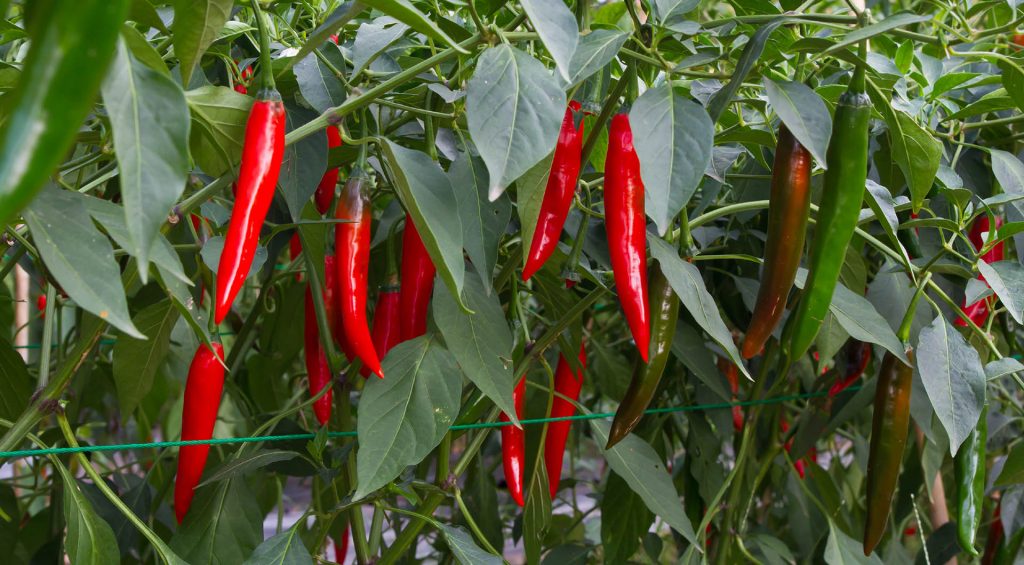
Where are most chili peppers harvested?
If you plan to import the best of the best in peppers for your hot sauce, you may want to look to regions like New Mexico and California. These areas offer the biggest harvest of chili peppers, usually between the months of August and October.
In many cases, peppers are green when harvested but turn different colors, including red, purple, orange, and yellow as they ripen.
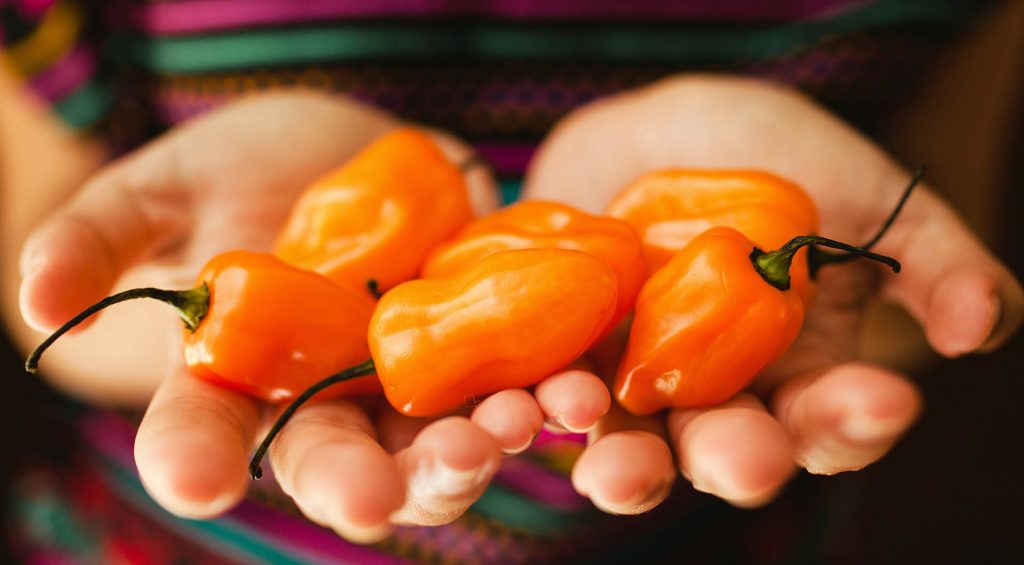
What do I look for in a good chili pepper?
When selecting a pepper for your hot sauce, check the pepper skin for signs of imperfections and freshness. When selecting jalapeño peppers, most will have skin marred by brownish cracks which is normal and doesn’t impact the quality or flavor of the pepper. You should also lift peppers to locate the ones that are heaviest. Soft or mushy peppers can indicate the presence of mold inside.
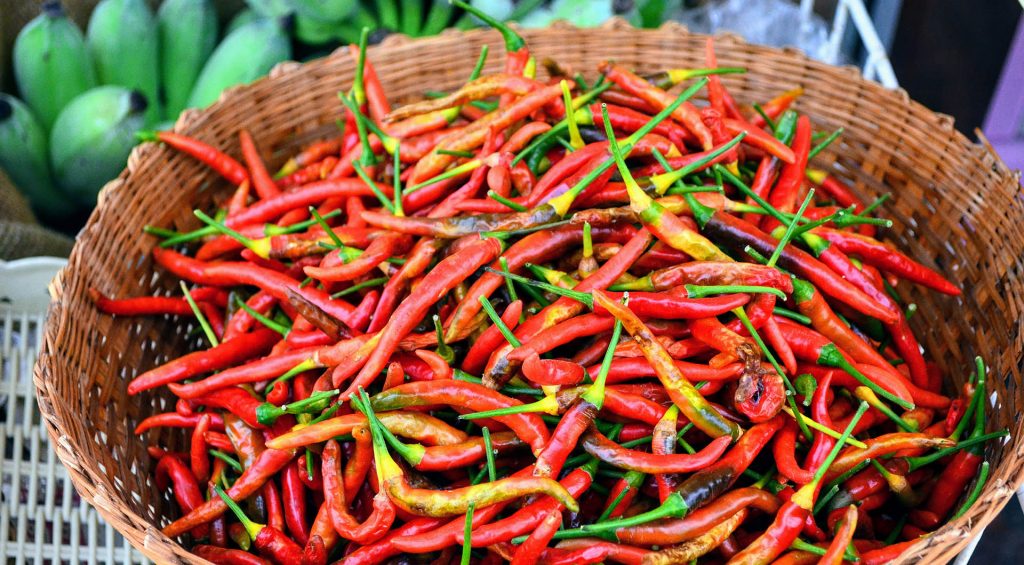
How do I store peppers properly?
The biggest issue to consider with pepper storage is exposure to moisture. To store your peppers properly, place them in a brown paper bag and keep them in the refrigerator. Plastic bags can cause mold growth on the exterior of the peppers.
Properly stored peppers can typically last for up to a week without affecting their condition or flavor.
Working safely with peppers
If you choose to use the hotter pepper varieties, it is vital that you protect your face and hands during pepper preparation. Wear rubber gloves and protective glasses to prevent accidental splashing of pepper juice that can cause severe burning and irritation to your skin and mucous membranes.
Avoid touching your eyes and other parts of your body without first washing your hands thoroughly.
If you ingest peppers, your mouth may immediately start burning. Depending on the intensity of the pepper, you need to find the right kind of relief to prevent real damage to your tongue and mouth.
The burning is caused by the capsaicin oils and drinking water can only make the problem worse. Water and other liquids spread the oils to other areas and provide no relief. Your best bet for calming down the heat of your mouth is to ingest products that contain fats that bind with capsaicin.
Good things to grab to put out a mouth fire include:
- Milk
- Butter
- Yogurt
- Ice cream
With so many pepper choices to consider, it may be worth your while to experiment with several types of pepper heat to create the perfect hot sauce recipe. Be smart and aware when preparing your peppers and enjoy the process of improving your sauce recipe one new pepper at a time.
https://www.gardeningknowhow.com/edible/vegetables/pepper/growing-peppers-for-hot-sauce.htm

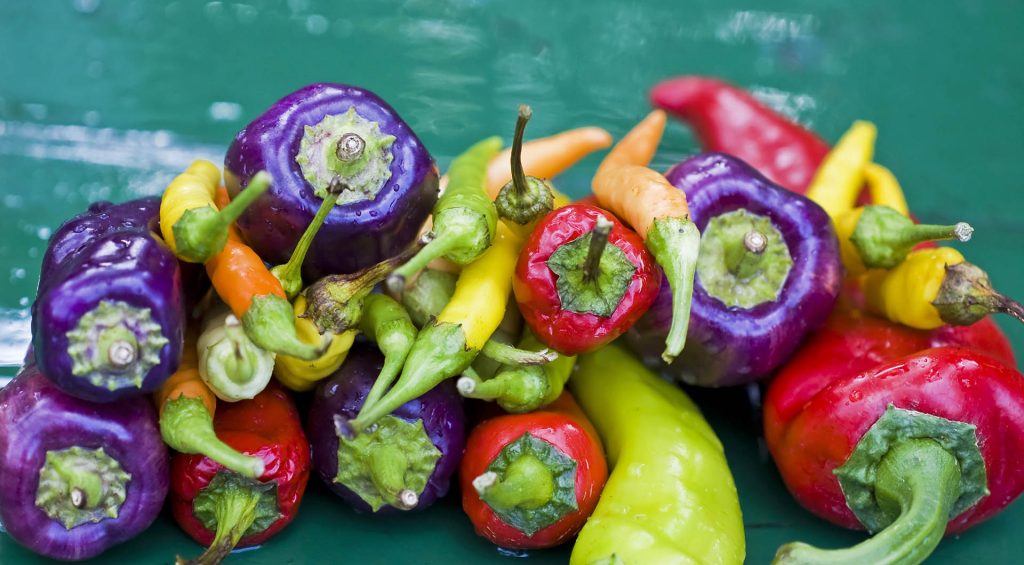
Thanks for the good information. I recently started pickling my own japelenos and I wanted to try making hot sauce. Tabasco maybe, but NO habaneros…those little devil’s are HOT!